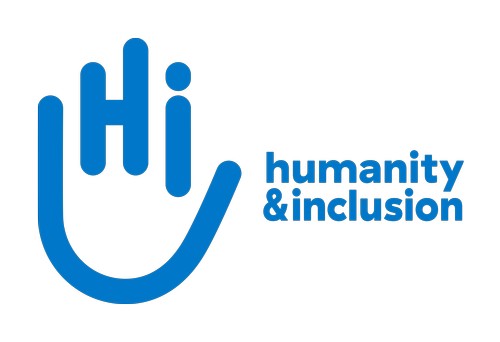MIW "How-To-Guide: Intersectionality in practice" published
"There is no such thing as a single-issue struggle because we do not live single-issue lives." Audre Lorde
The Humanity&Inclusion Making It Work Gender and Disability Project and the Inclusive Friends Association Nigeria are proud to publish the How-To Guide: Intersectionality in practice. It was co-developed all along 2021 by our two organizations, as a practical guide to support organizations to actually implement intersectional approach in their work.
Discover the How-To Guide in Word and PDF at this link / English and French available.
Because identities are diverse, discriminations are multiple and intersectional. Academics and policy-makers have been progressively bringing intersectionality at the agenda – giving space for the experiences of those facing discrimination based on age, (dis)ability, ethnicity, gender identities among other factors. Still, the effective use of intersectionality in projects implemented by women-led civil society organizations has shown to be challenging, due to the lack of practical guidance.
Women are not an homogeneous group. Neither are women with disabilities. Age, diversity of impairments, ethnicity, religion, socio-economic status, sexual orientation, gender identity, etc.: Bringing intersectionality in the design phase of projects implemented by women with disabilities will bring efficiency, accuracy and allow different lived experiences to be considered. Supporting women-led organizations to start with self-analyzing who they are and how their own diversity is impacting their projects is a must-do. Guiding them to actually analyze how discrimination factors impact the lives of individuals differently is crucial.
This Guide is providing with steps and tools to actually adopt an intersectional approach to design and initiate projects that will leave no woman behind. Although it was developed with a targeted intersectional approach where gender is at the center of the factors of discrimination, the How-To Guide can be used to approach any context and consider all the factors of discrimination to analyze the lived experiences of individuals of all genders and (dis)ability status.
Special thanks to Chloe Chaudorge who worked passionately on this Guide!
Copyright © 2026. All rights reserved.
